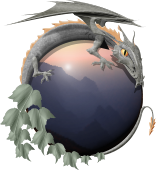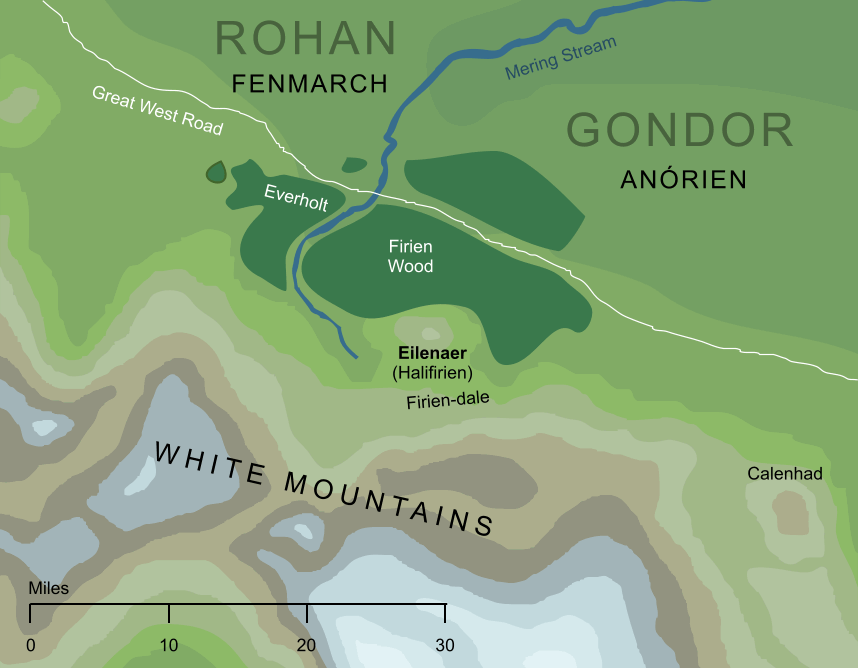- Cities and buildings
- Fields, plains and deserts
- Forests
- Hills and mountains
- Islands and promontories
- Lands, realms and regions
- Rivers and lakes
- Seas and oceans


 |
||||
|


Which personality type are you?
Take the Free mydiscprofile Personality Test to discover your core personality and your ideal job.   Which personality type are you? |
|
Dates
Location
Race
Division
Culture
Source
The Mering Stream rose in the Firien-dale on the southern flanks of the mountain
Pronunciation
ay'lenaer (ae is pronounced like the English word 'eye')
Meaning
Uncertain1
Other names
Amon Anwar, Halifirien, Hill of Anwar, Hill of Awe, Holy Mount; at one time called Fornarthan, 'North Beacon'
Indexes: About this entry:
|
EilenaerThe peak later known as the Halifirien
A tall hill or mountain with its feet shrouded by woodland, Eilenaer was in many ways similar to Eilenach, which stood far to the east in the Drúadan Forest, and indeed these two ancient names appear to be related in meaning. While Eilenach kept its old name, Eilenaer was renamed when it became the site of Elendil's Tomb. In Gondor after that time it was known by the Elvish title Amon Anwar, 'Hill of Awe'. When the Rohirrim came to settle in Rohan, long afterwards, they gave it another name in their own tongue - Halifirien, the 'holy mountain' on the borders of their realm. Notes
See also...Indexes: About this entry:
For acknowledgements and references, see the Disclaimer & Bibliography page. Original content © copyright Mark Fisher 2005, 2022, 2025. All rights reserved. For conditions of reuse, see the Site FAQ. Website services kindly sponsored by Discus from Axiom Software Ltd.Use DISC to investigate the dynamics of any working relationship, with Discus' Relationship Assessment. |